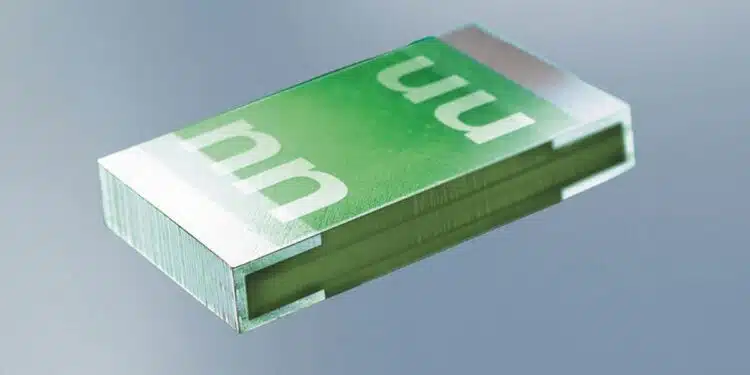SCHURTER announced extension of its SMT fuse chip range that offers now up to 35A in 1206 size.
The SCHURTER UST 1206 is a chip fuse for surface mounting with a “slow-blow” characteristic. This means that it has a high melting integral I²t, thanks to which the fuse does not trip immediately at inrush current peaks higher than the rated current. This is of great importance in many industrial applications (e.g. motors, power converters).
In 2008, SCHURTER launched the first SMT chip fuse in the 1206 format: the UST 1206. Since then, this particularly compact and powerful fuse has enjoyed great popularity. In response to a number of customer requests, SCHURTER is expanding its product portfolio with even more powerful versions of the UST 1206 with rated currents of up to 35 A.
UL 248-14 Characteristic
The UST 1206 was designed for UL 248-14 characteristics. With such fuse-links, the rated current corresponds to the current that interrupts the current flow after several hours. The maximum current that may flow continuously without the fuse-link tripping is around 70 % of the rated current.
New Variants up to 35 A
Previous versions of the UST 1206 had a maximum rated current of 25 A. This range will be increased to 30 A and 35 A with two further variants. The rated voltage is 32 VAC and 63 VDC respectively. The fuse can be operated from -55 °C to +90 °C.
Application Areas
The SCHURTER UST 1206 is ideally suited for all applications in secondary overcurrent protection where the current requirement is particularly high even at low voltages.





























